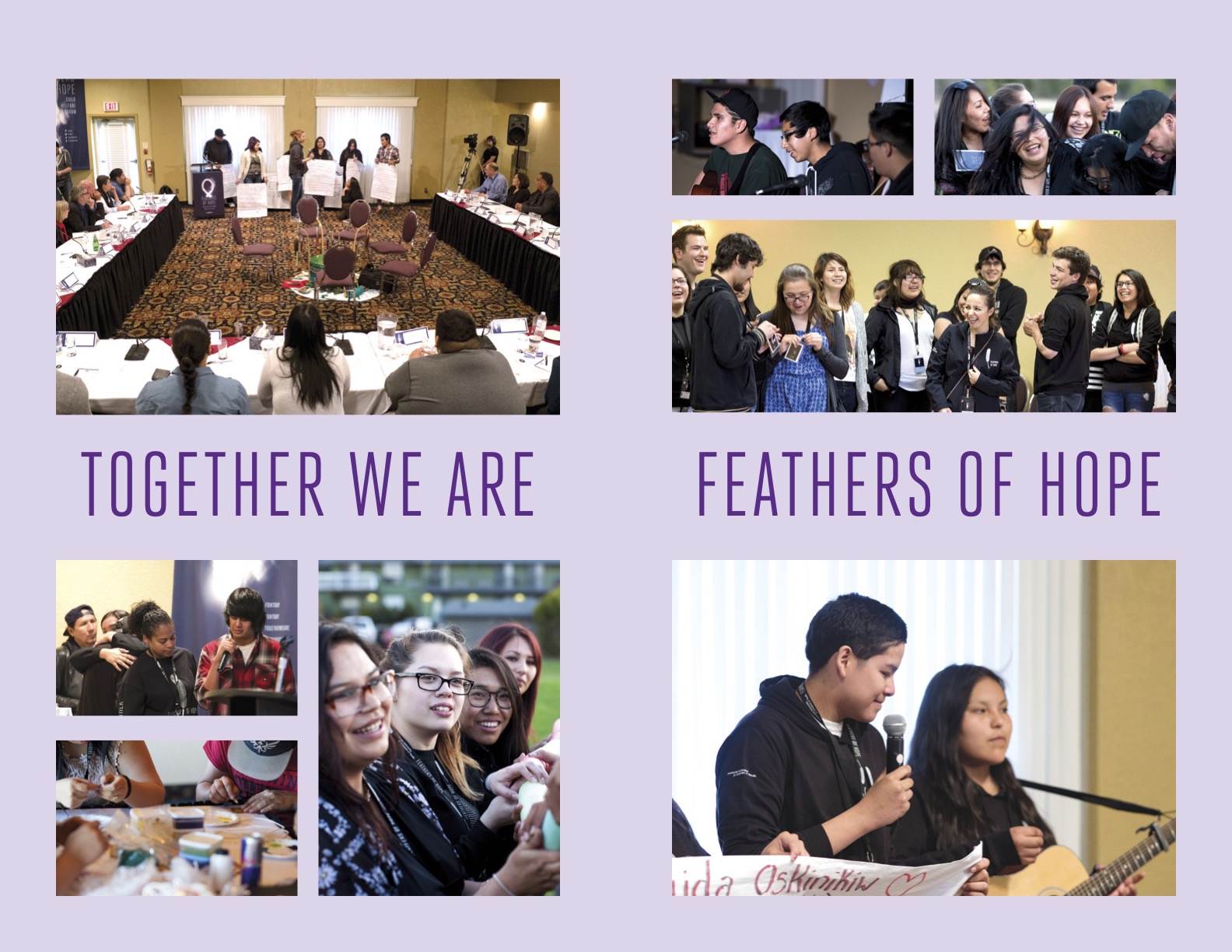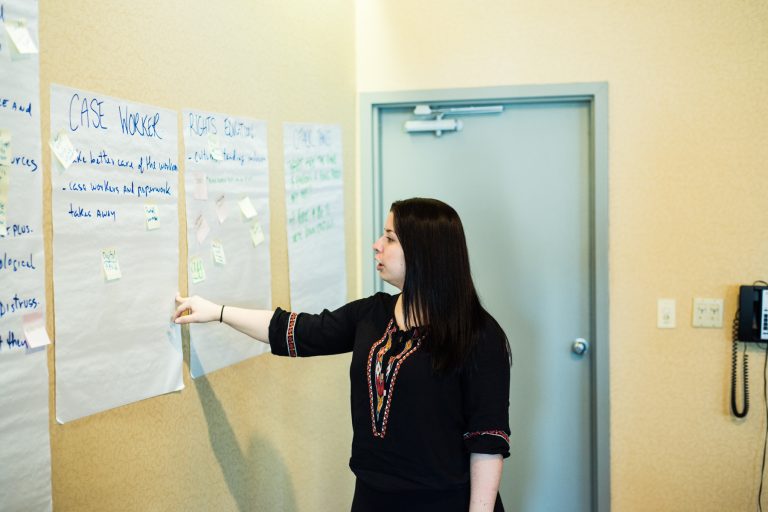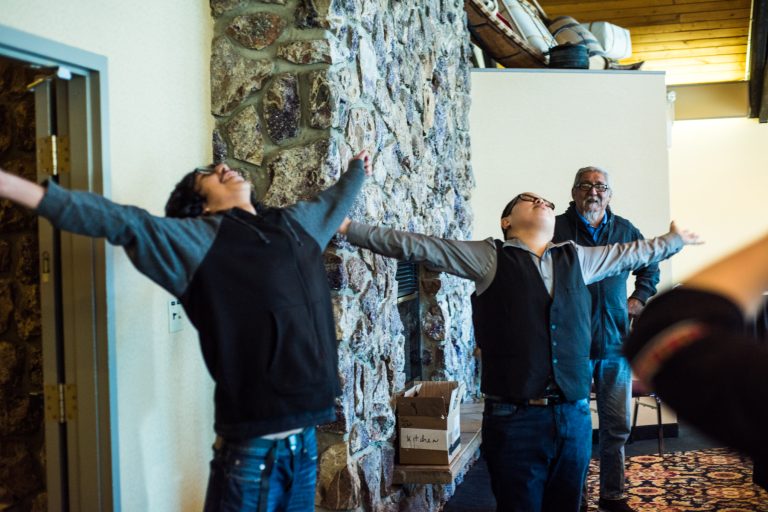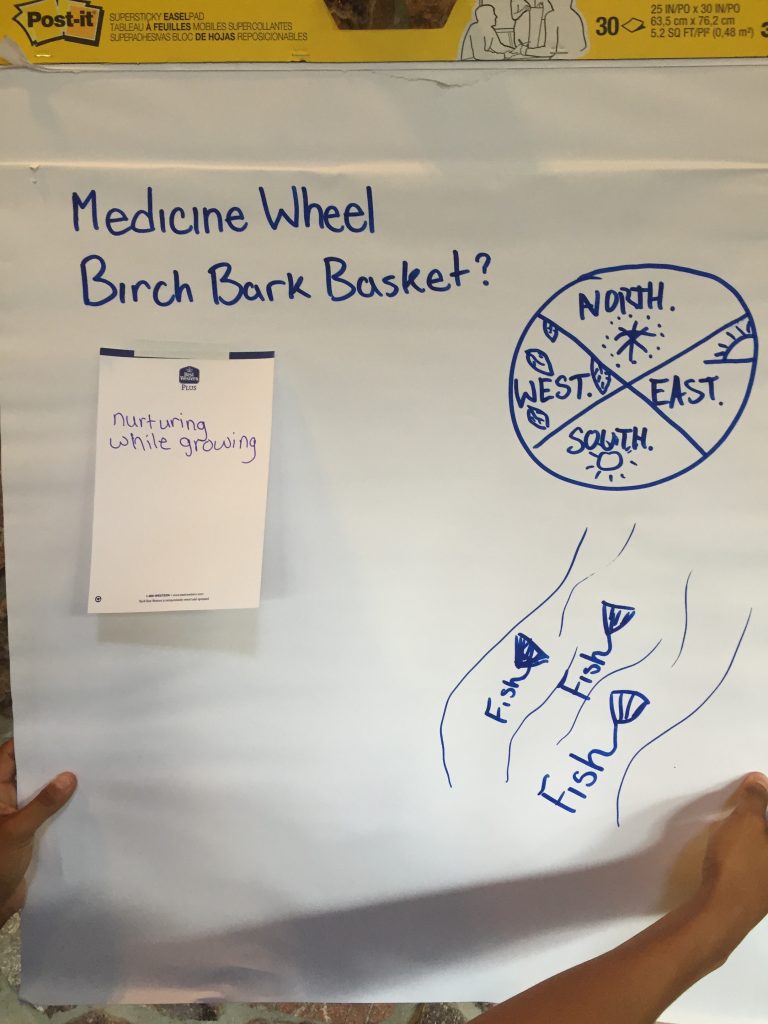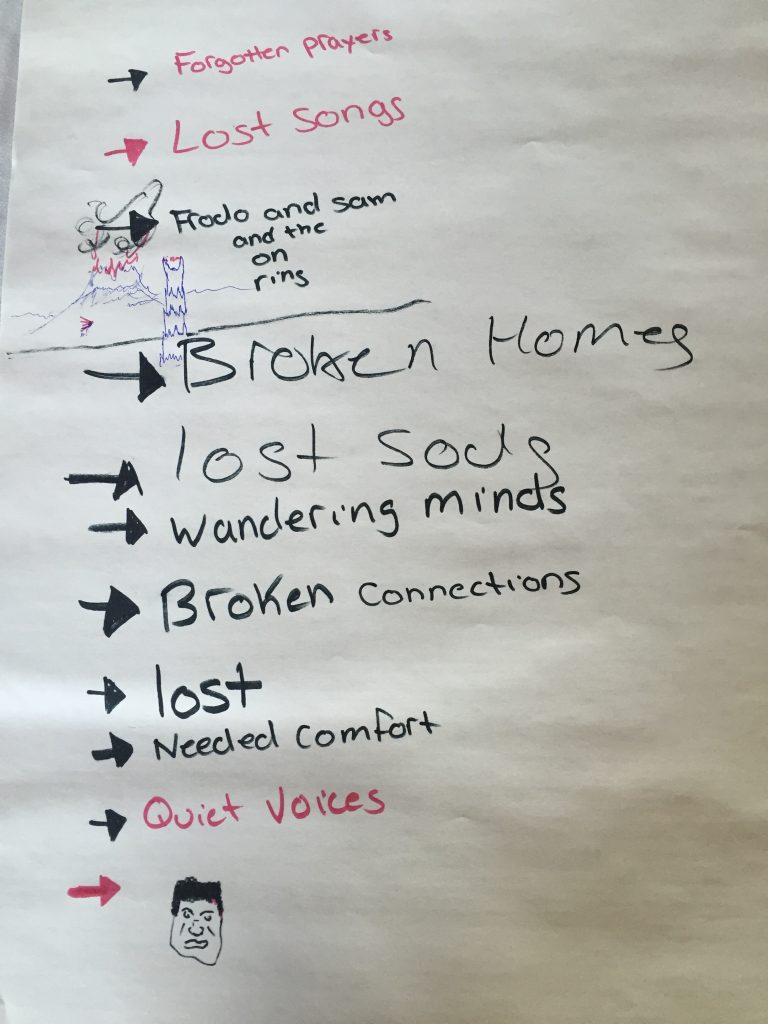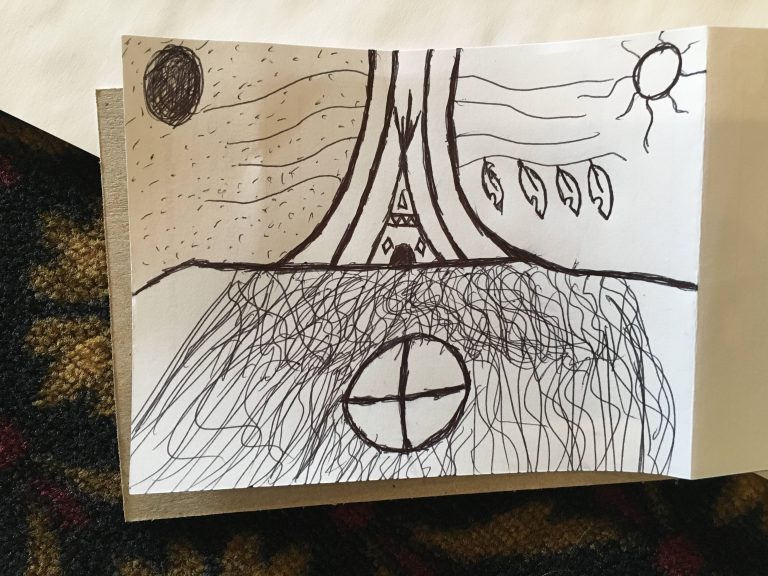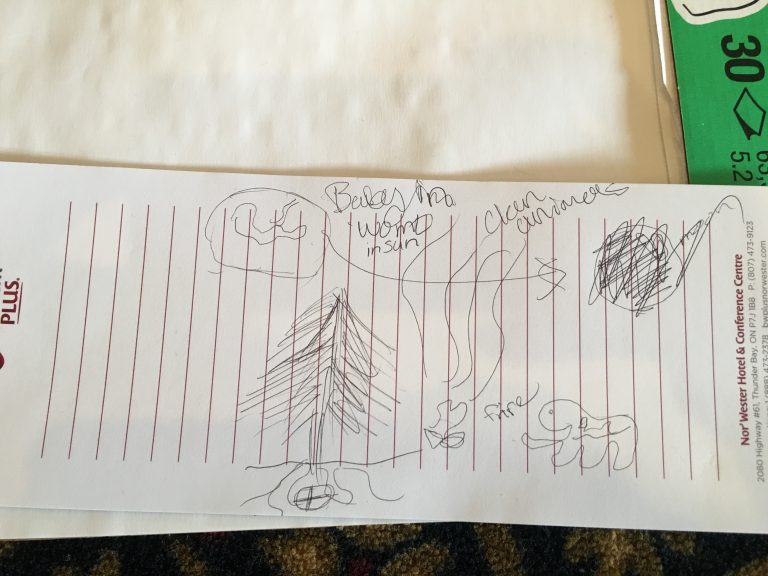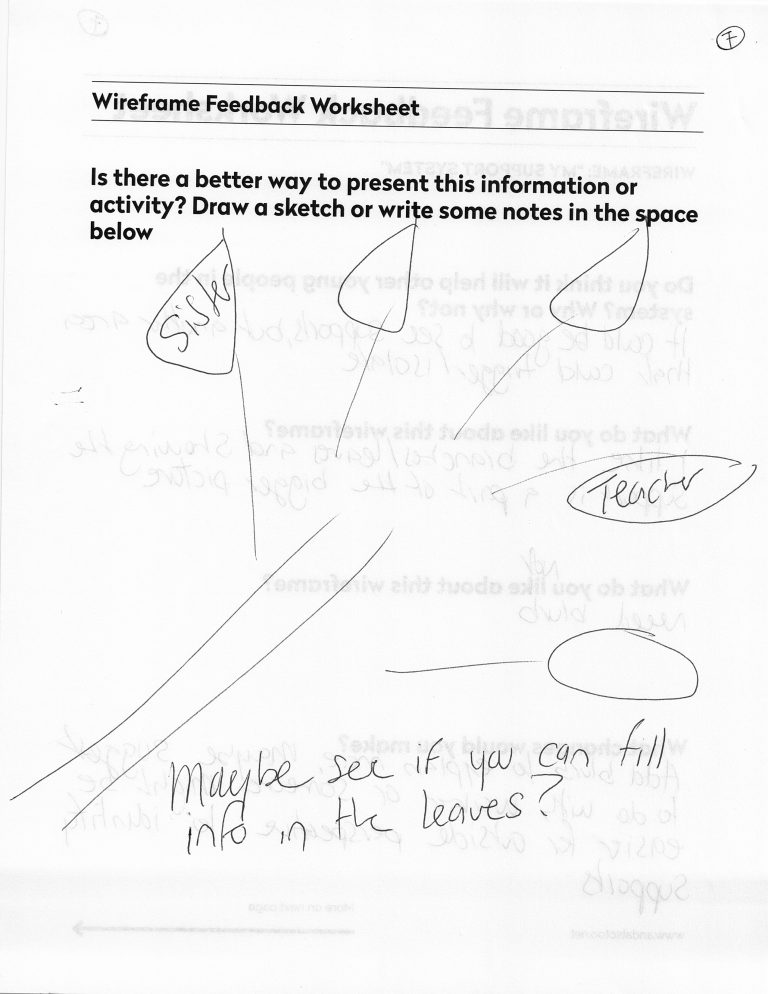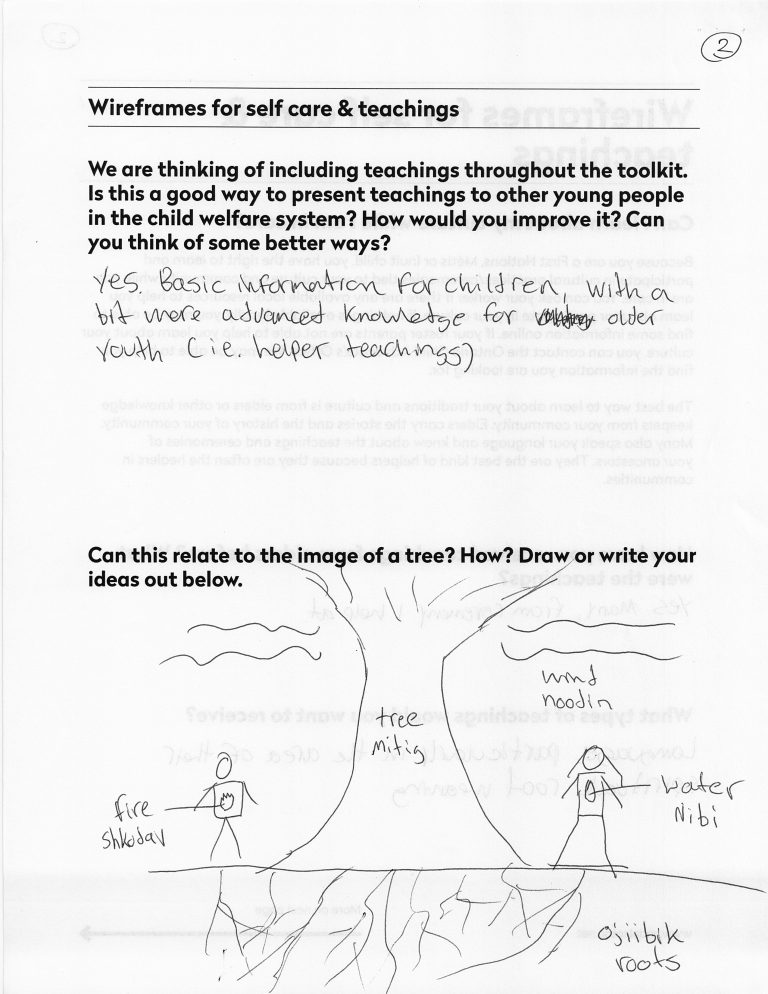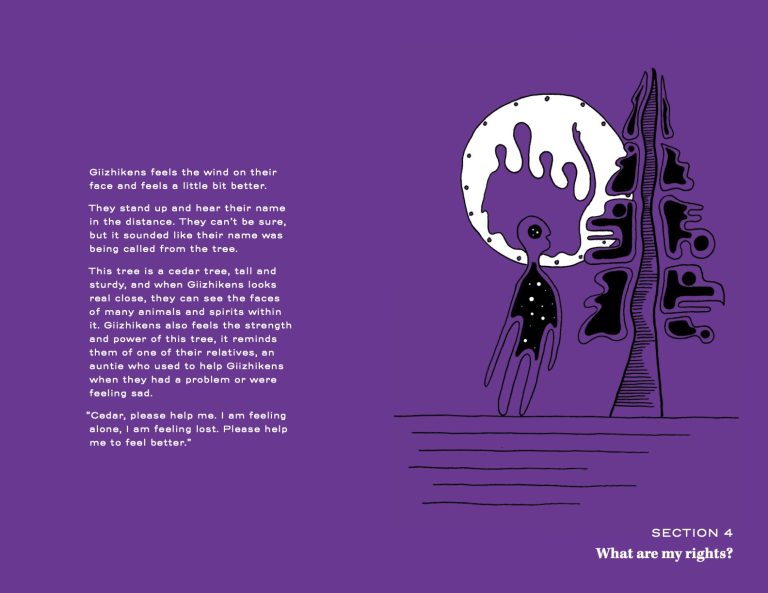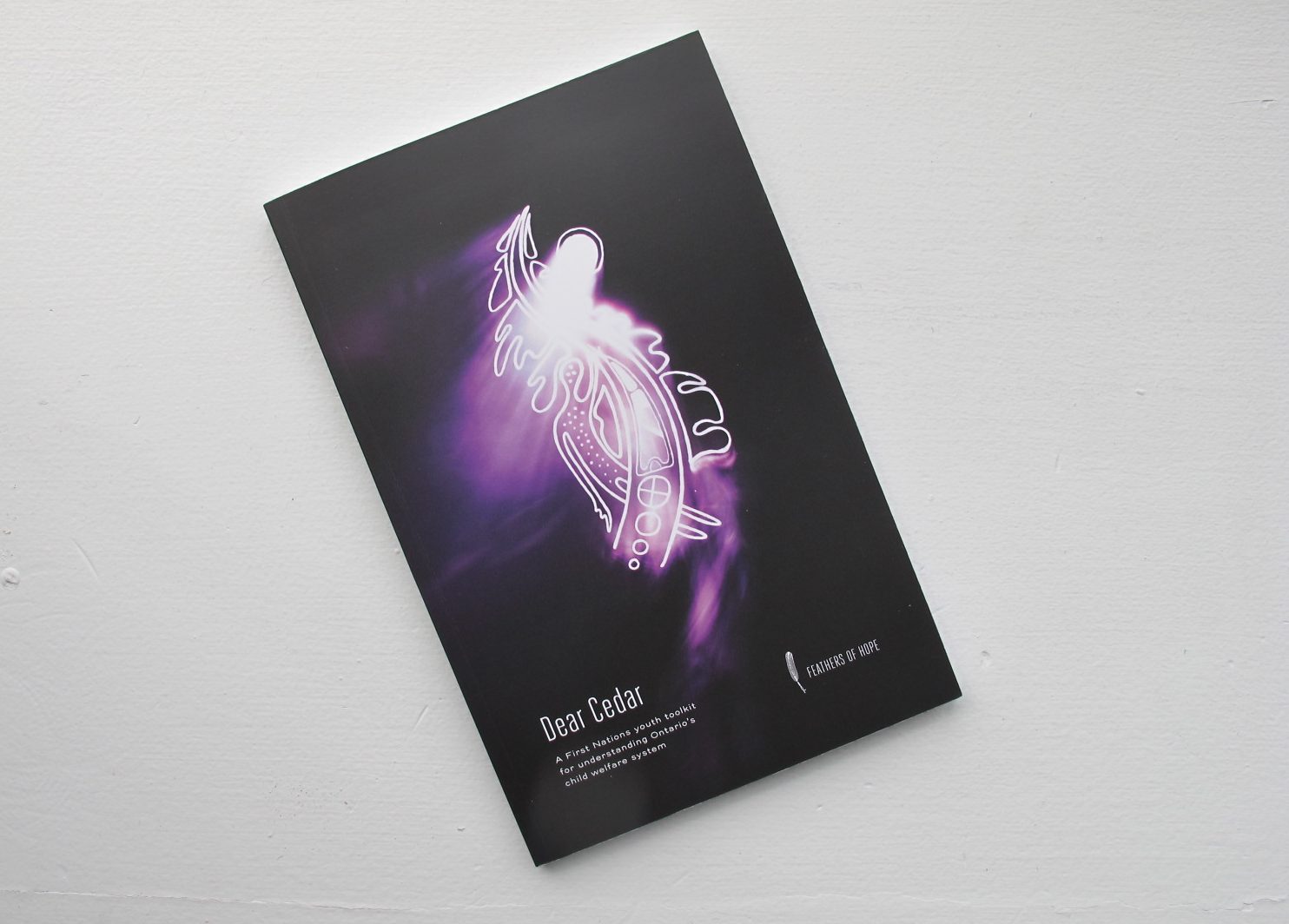
After an emotional forum, Indigenous youth wanted a resource to help them survive Ontario’s child welfare system. We facilitated a three-year creative process in which the young people shaped a storybook/toolkit that provides critical and culturally relevant information.
Partners
Offerings
Location
BACKGROUND
In 2015, Feathers of Hope hosted a forum for close to 100 Indigenous youth living in the child welfare system. In Canada, this system began with Indian Residential Schools in the 1800s, which were designed to assimilate Indigenous youth into mainstream Canadian society by forcibly separating them from their families and communities.
Remnants of this colonial legacy persist in today’s child welfare system. Indigenous youth are vastly overrepresented in foster care and group homes, and Indigenous homes face more scrutiny from the system than non-Indigenous ones.
The forum was emotionally charged. The youth who spoke shared experiences of confusion, neglect, and abuse. There was a shared conviction that the child welfare system needed to undergo radical transformation. And, in the meantime, young people needed better tools to understand what was happening to them, and what their journey might look like.
The Co-Design Process
Feathers of Hope invited And Also Too to work with an advisory of young people who had attended the forum. The goal was to co-create a piece of media that would carry the voices from the forum to a larger audience.
The process began with a discussion to narrow down the audiences, goals, and types of media that would be most effective. First and foremost, the youth advisors said they wanted to support other young people in the child welfare system. Secondarily, they wanted to reach service providers like foster parents and Children’s Aid Society workers, whose decisions and actions had far-reaching impacts on their lives.
Ultimately, Feathers of Hope and the youth advisors decided to create a toolkit. Young people who are apprehended into the system have little access to information about what is happening to them. The hope was to create a book that would guide young people through the system and connect them with resources like advocacy and mental health services.
For the subject of child welfare, it was not sufficient to provide information to the youth. The information needed to be delivered in a way that built trust, was connected to a larger story, and was rooted in culture.
Each piece of media we have created with Feathers of Hope is wrapped in a story, and that story must be accessible through oral, written, and visual forms. This gives young Indigenous people of different ages and abilities multiple entry points into the content.
Now that we knew what we were making and who we were making it for, we began to discuss the images and ideas that would anchor this story. The advisors related their journeys to fish in rivers, to a basket being woven, and to caged animals.
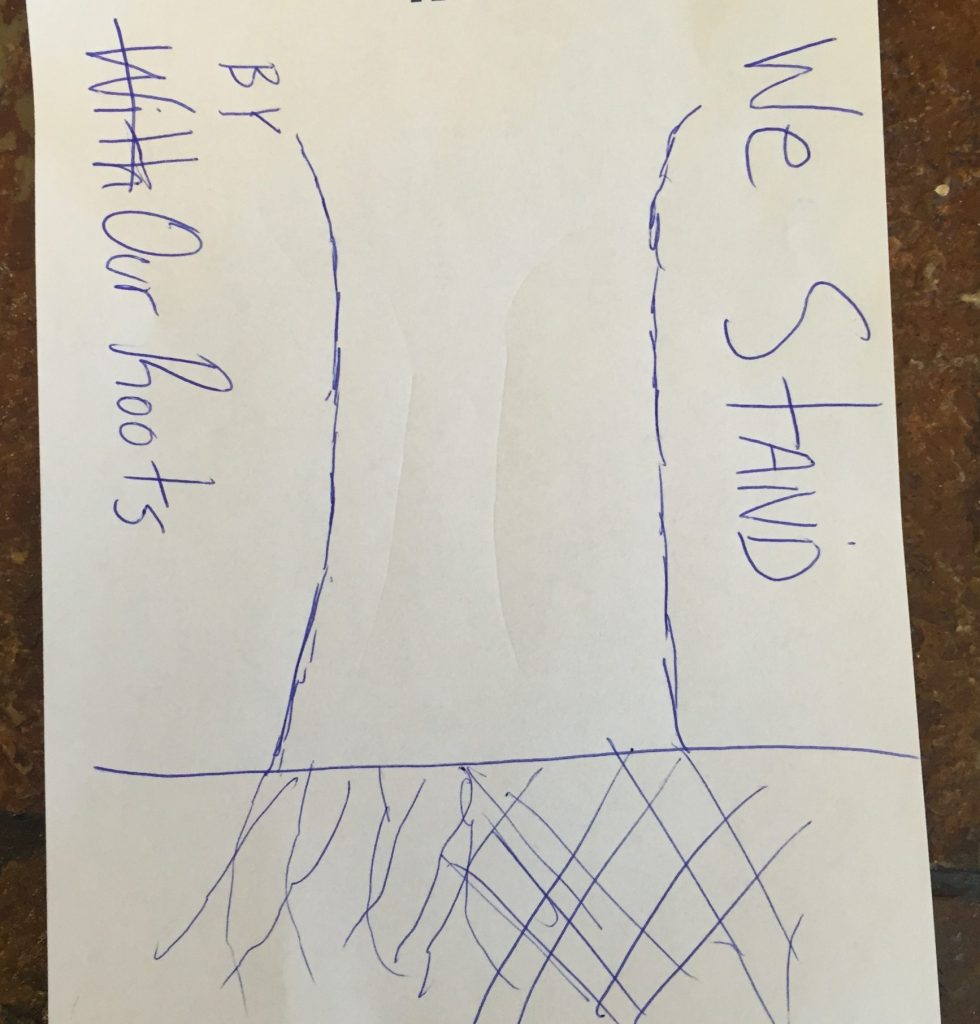
The pivotal moment was a fraught one. In an early meeting, one of the advisors became so emotionally overwhelmed by the conversations that they had to leave. Feathers of Hope meetings always have a counselor and an elder present. With this mental and spiritual health support, the young person was able to rejoin the 2-day meeting at the very end.
They returned carrying the drawing above. In our discussion about images and ideas, this young person suggested a tree as our central metaphor. The advisors latched on to the idea quickly, adding their own interpretations. A tree can only survive if it is transplanted into healthy soil. Strong roots are like a strong connection to culture — they help you stand up tall.
It was decided: our story would be about a cedar tree. Cedar is one of the four sacred medicines in the medicine wheel, and grows across Ontario.
And Also Too commissioned Anishinaabe visual artist Quill Violet Christie Peters to bring the story to life through art. Quill is also a facilitator, and she led a workshop to flesh out the significance of the cedar tree, and to create a narrative around it.
This is how the character of Cedar emerged. Cedar is a guide, an older sibling, and a friend.
The Outcome
Dear Cedar is written in the style of an advice column. The voice of a young person asks questions like “Why does a child welfare agency sometimes take children away from their families?” And Cedar responds with kindness, clarity, and reassurance.
Across the section dividers in this 120-page toolkit, we tell the story of a young person taken away from their home, and finding comfort and guidance in Cedar.
Dear Cedar was originally printed in 2019, and was reprinted in 2022.
LEARN MORE
FEATHERS OF HOPE
Feathers of Hope provides relief and empowerment to First Nation youth to facilitate ongoing community development related to health, education, and poverty.
Credits
Co-design and content strategy Facilitation
Writing
cedar Artwork & story
Graphic design
Cover photography
Forum photography
Time Frame
July 2016 – March 2019
Co-design: 24 months
Production: 6 months
Related Content
Story
A critique of Canada’s justice system by Indigenous youth
Story
